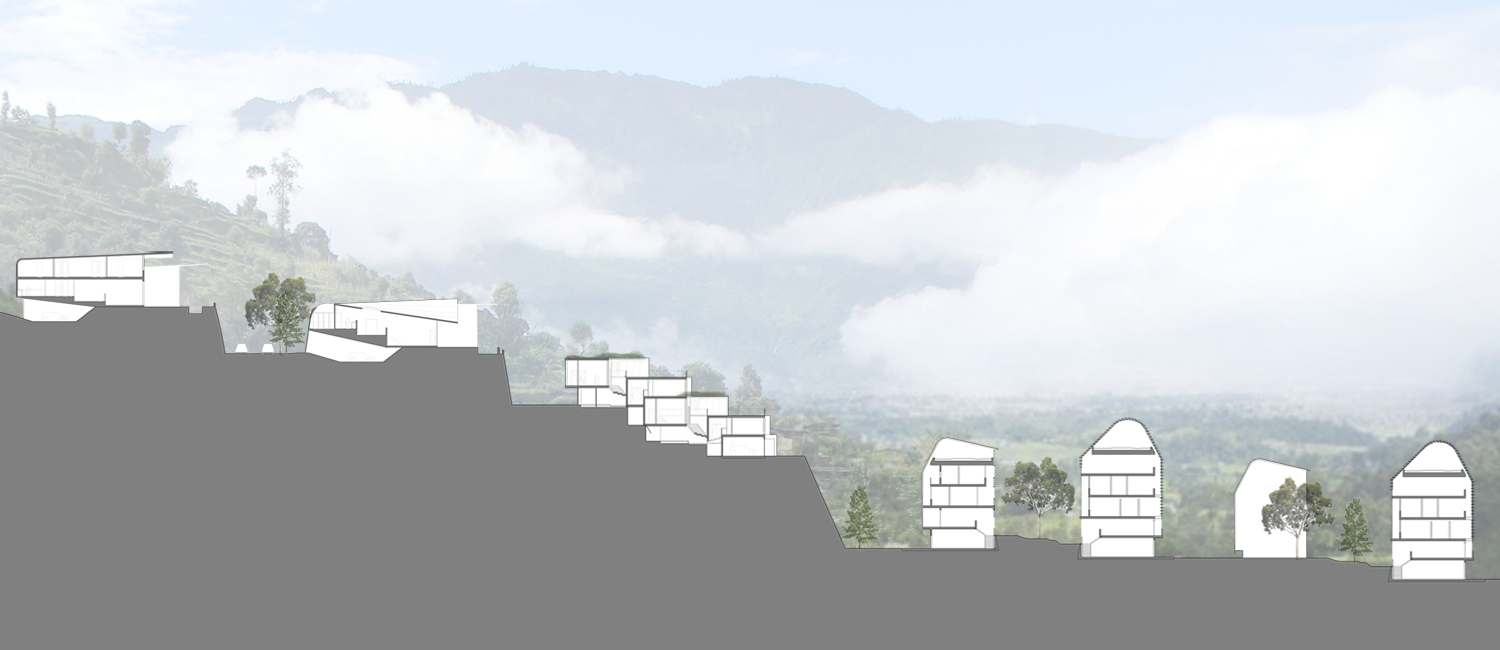

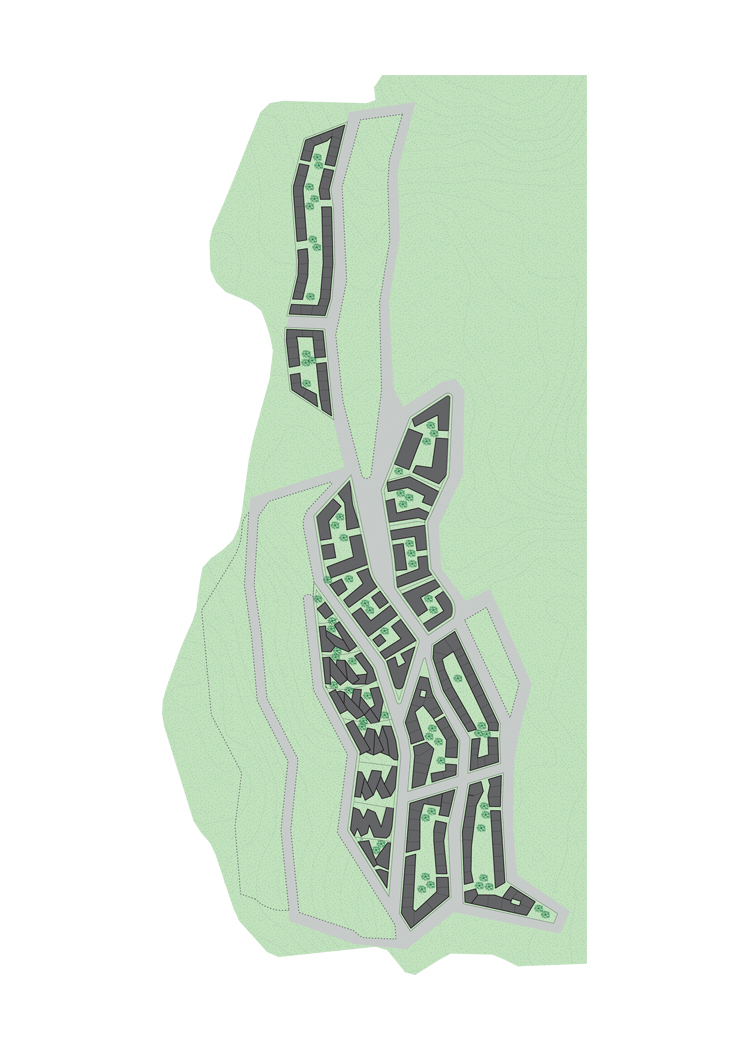
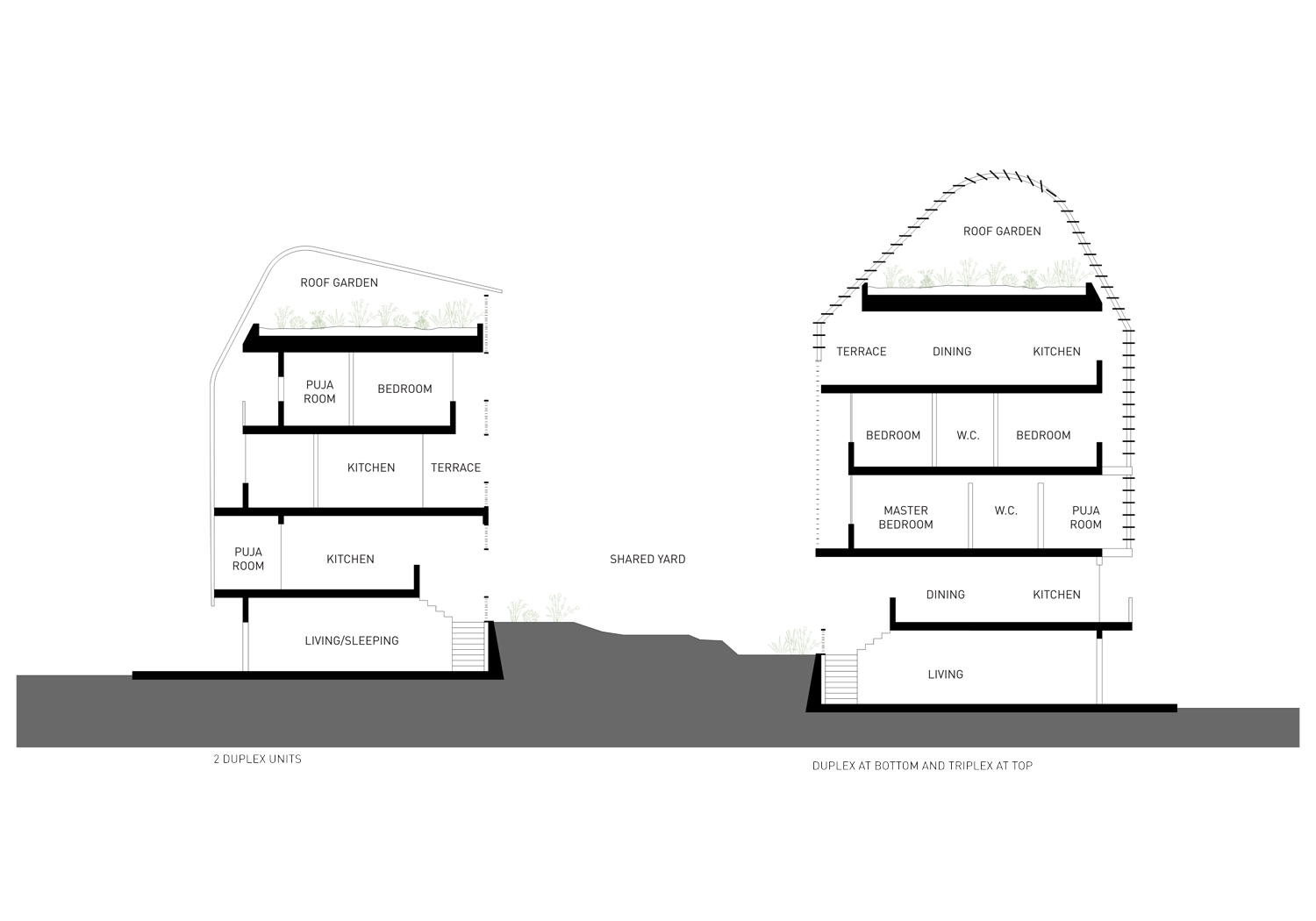
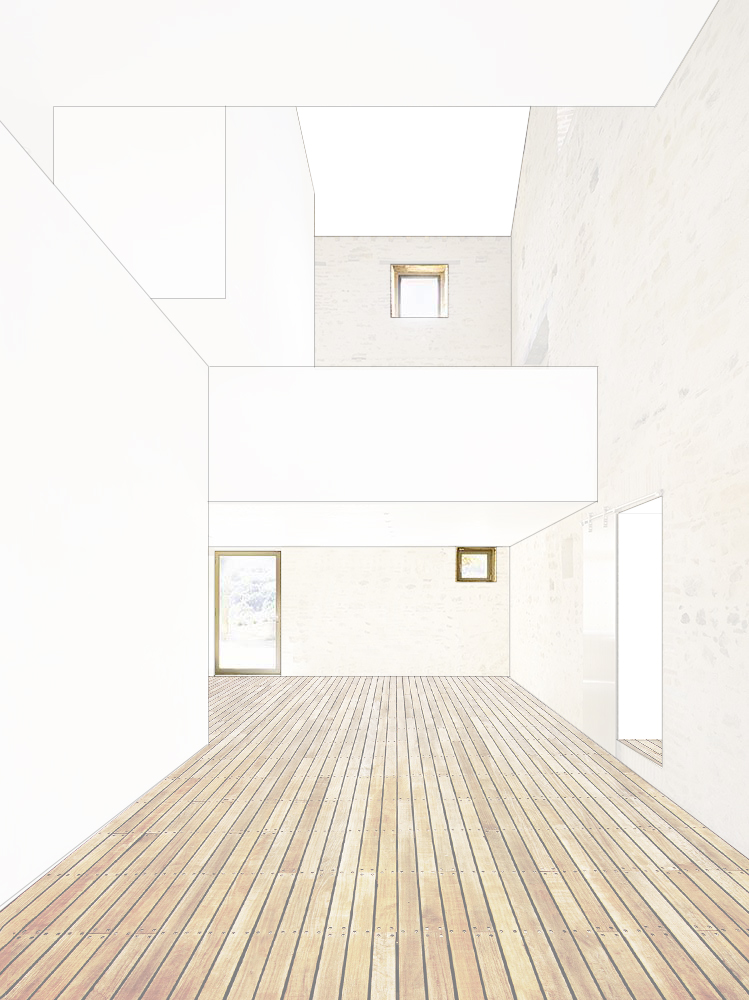
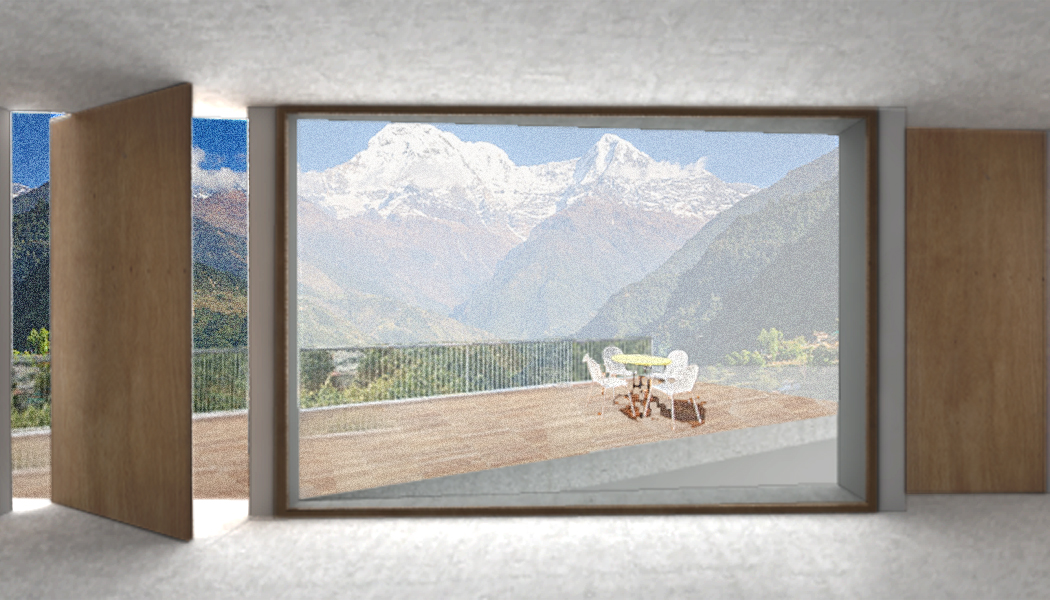
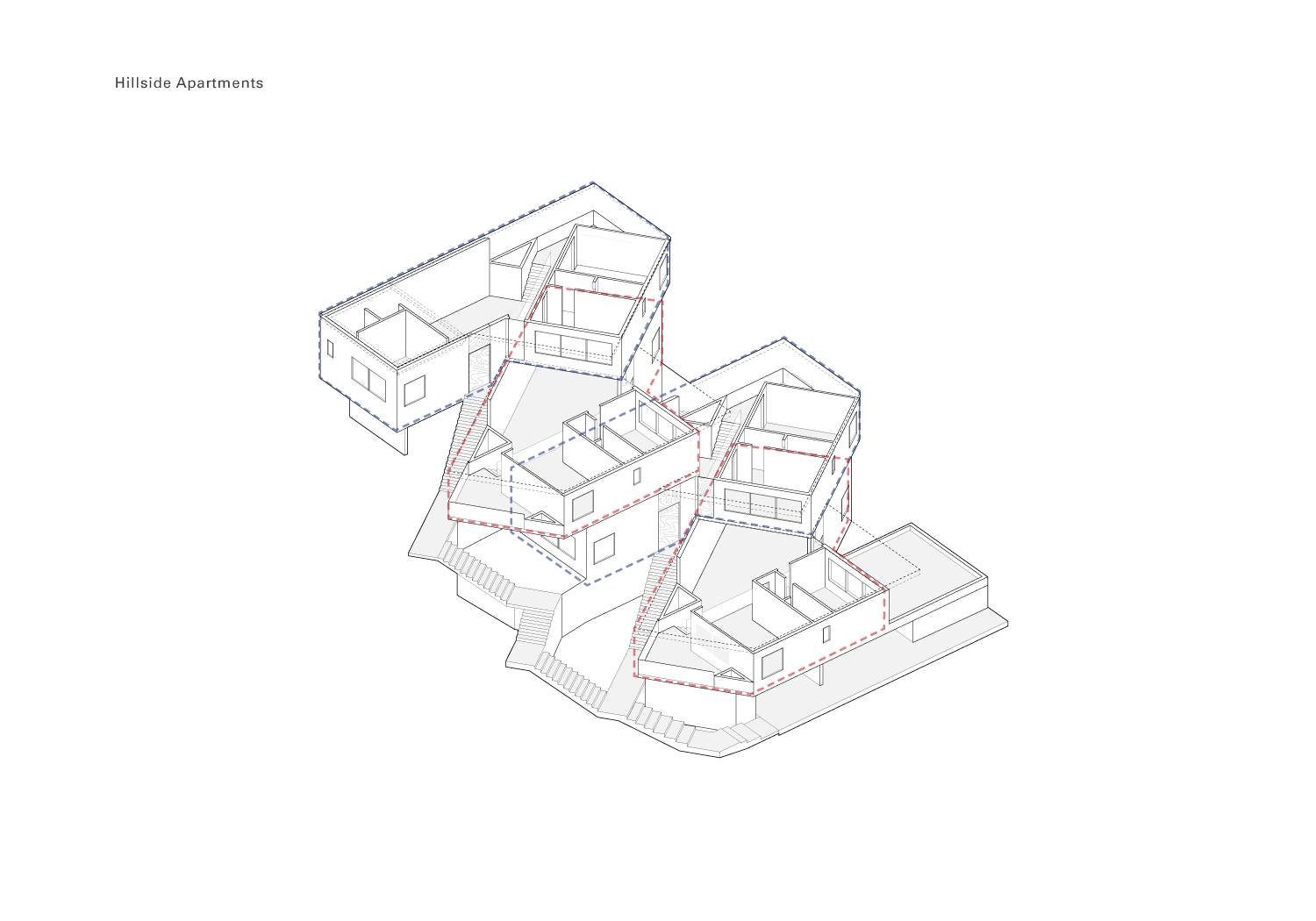
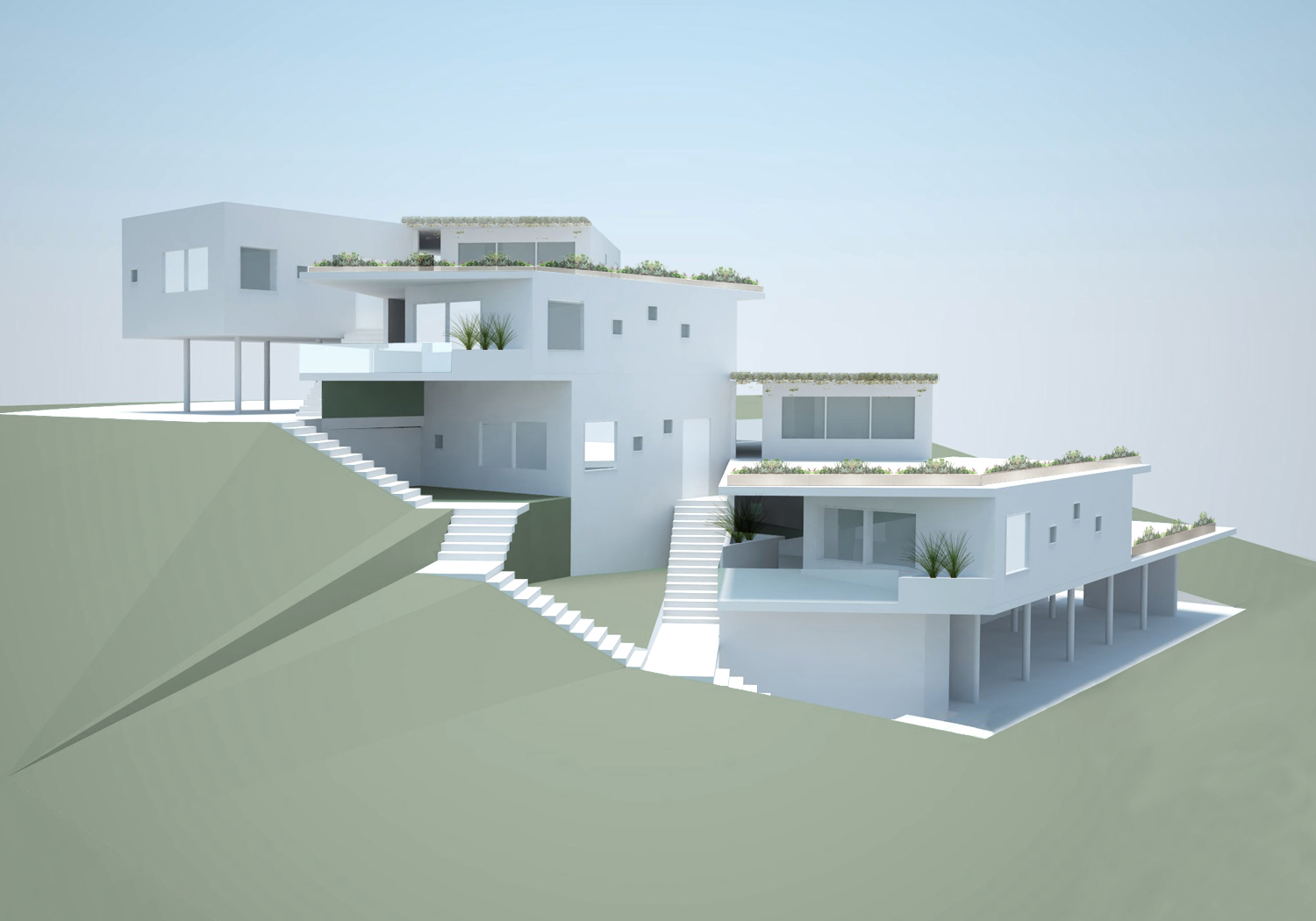
After the 2015 devastating earthquake in Nepal, the country was in need of two million dwellings, and decided to create new “Smart Cities” to progressively accommodate growing density over the next 10 years. These new smart cities would have a population of approximately 40,000 inhabitants each. They would be sustainable communities with schools, clinics, urban farming, parks for recreation, worship and a variety of housing types.
Our village, Tokha, just outside of Kathmandu is to contain over 1,000 homes, with various housing types: single family detached, attached row homes, multi-generational, and apartments. The project uses geothermal wells, passive orientation, and solar energy for homes that are energy conscious and economical.
The overall plan is a pattern that aims towards a denser future and works with the steep topographic profile. The urban street pattern begins at the south end of the site and extends towards the north. At the center is a core of community buildings. The housing is nestled between existing green zones and new parks.
The plan aims to keep as much of the existing flora and fauna. The two waterways found on the site are lined with public pedestrian walkways, bicycle routes, and connectivity to other public programs.
Nepal Housing
2017 - Ongoing Urban Planning
Residential and Cultural
Tokha, Nepal
With Rick Limon of Limon Lab
